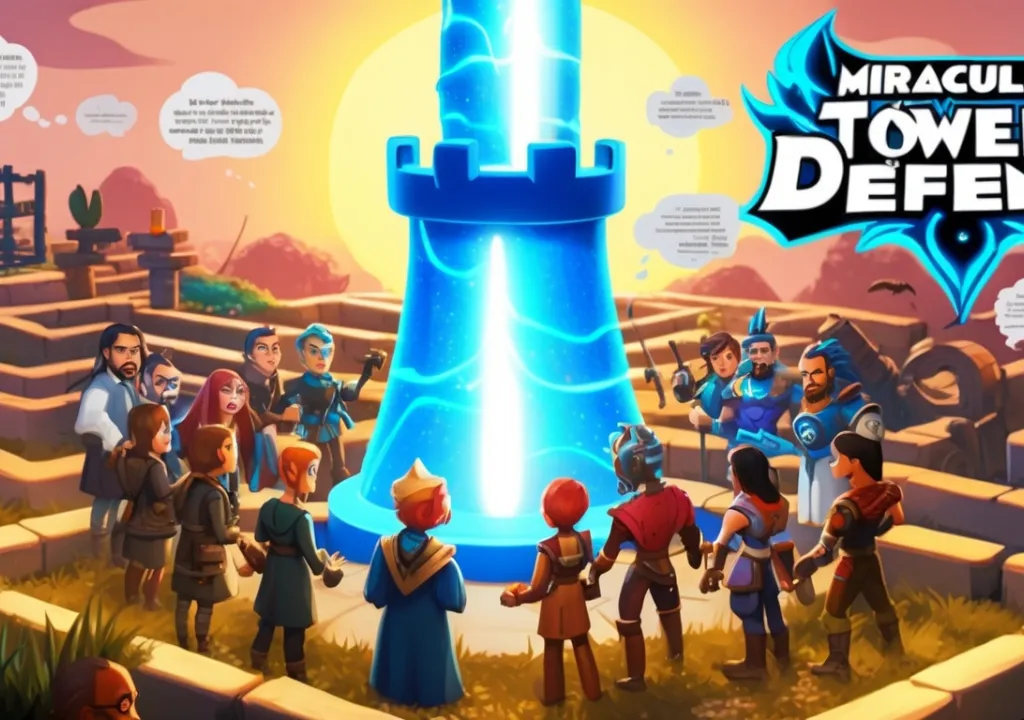
Fortnite
All trademarks belong to their respective owners.









Fortnite Summary
Get From the Official Digital Markets
All trademarks belong to their
respective owners.
Love it or loathe it, there’s no denying the mammoth success of Fortnite, one of the most popular games currently sweeping the globe. The game, developed by Epic Games, debuted in 2017 and quickly became a sensation due to its unique mix of genres, merging elements of survival, exploration, scavenging, and combat to create an enticing and immersive universe. What sets Fortnite apart from its competitors is its unique blend of a richly detailed world, engaging gameplay, and a permeating sense of fun. The game was able to generate a vigorous community of players that continues to grow and remains an influential force within the gaming industry.
Gameplay Features and Challenges
One defining characteristic of Fortnite is the incredibly dynamic gameplay experience that it offers. The game features a single primary mode, the Battle Royale, where 100 players from different parts of the globe compete to be the last one standing, ensuing a thrilling, high-stakes combat experience.
Fortnite's gameplay is not merely about shooting or offense; it also hinges heavily on strategic defense. Players must scavenge for resources such as wood, stone, and metal to construct fortifications that can serve as both offensive structures and defensive barricades. This dual aspect of building and combat, and the switch between modes, gives Fortnite a layer of strategic depth that is rare to find in other shooter games.
However, one of the primary weaknesses of Fortnite is its learning curve. While the game is free to play, beginners can find it overwhelming due to the complex mechanics and strategies involved. The gameplay can be quite fast-paced and chaotic, with players required to master building, aiming, and tactical movement simultaneously, which can be off-putting to newcomers.
Another issue revolves around in-app purchases. While the game itself is free, there are numerous optional in-game purchases that a player can make, leading to the widely criticized "pay-to-win" system where players who spend more money often have an advantage over those who don't. This poses a significant barrier to entry for many potential players who are unwilling or unable to invest heavily in in-game assets, thus hampering the game’s overall accessibility.
Users’ Impressions and Final Assessment
Regardless of these drawbacks, opinions among the game's user base vary widely. Many players adore Fortnite for its fun-filled atmosphere, strategic depth, artistic design, and social aspect, as players can team up with their friends in duos or squads. Nonetheless, the steep learning curve, fast-paced action, and necessity for strategic thinking may deter casual gamers.
The melding of building and shooting has been particularly well-received, introducing a new twist on the well-traveled path of shooter games. The cartoonish graphics and light-hearted atmosphere provide a refreshing contrast to the gritty realism of other popular games, making it more accessible and enjoyable for younger players. Yet, the "pay-to-win" system has been broadly criticized, leading to a sense of inequality within the gaming community.
In conclusion, Fortnite's success is a testament to its innovative gameplay and vibrant aesthetics. Despite its flaws, it offers an engaging and exciting take on the battle royale genre, providing an exciting gaming adventure for those willing to climb its steep learning curve.






















